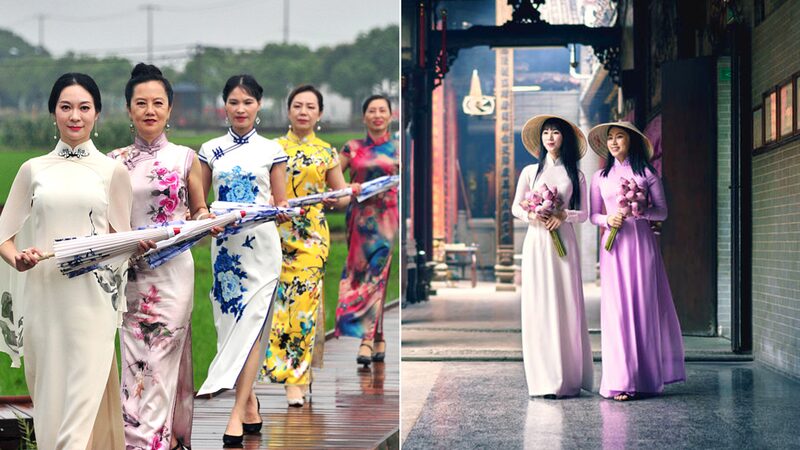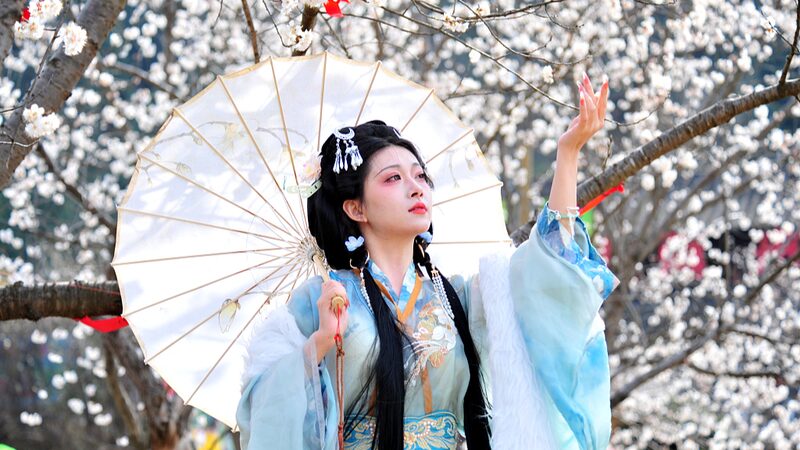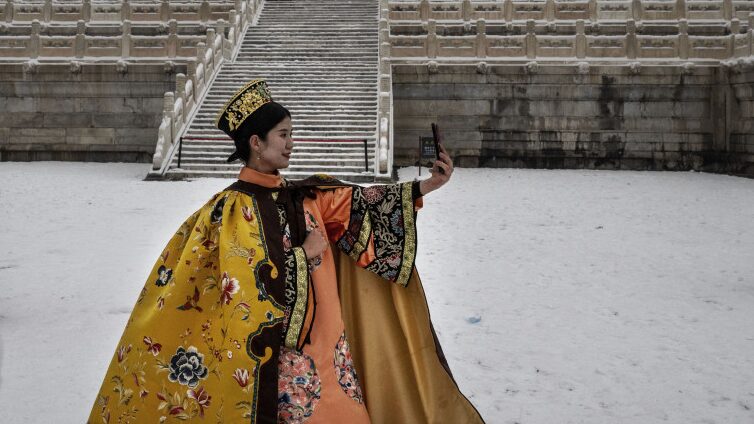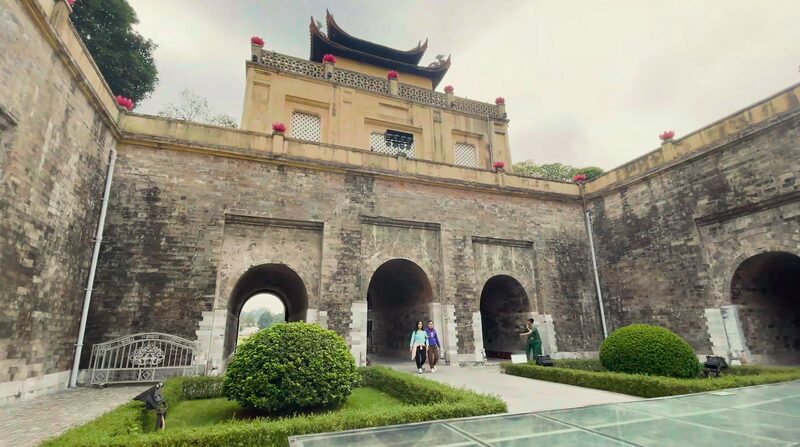From the streets of Shanghai to Hanoi’s bustling markets, two garments stand out as symbols of cultural heritage and timeless elegance. Let’s dive into the stories behind the cheongsam and ao dai—traditional dresses steeped in history and pride. ✨
China’s Cheongsam: Elegance Redefined
With its high collar, sleek silhouette, and daring side slits, the cheongsam (or qipao) has been China’s \"national dress\" for over a century. 🎎 Born in the 1920s, this body-hugging one-piece design became a feminist icon, blending tradition with modern flair. Its straight skirt and intricate patterns often feature in festivals, weddings, and even global red carpets!
Vietnam’s Ao Dai: Flowing Grace
Vietnam’s ao dai, older yet equally iconic, pairs a long, flared tunic with loose trousers. 🇻🇳 Known for its vibrant colors and flowing fabric, the ao dai balances modesty and allure—perfect for school uniforms, ceremonies, or TikTok fashion challenges. Fun fact: Its side slits might remind you of the qipao, but the trousers add a unique twist!
More Than Just Dresses
Both garments symbolize national identity and craftsmanship. While the cheongsam highlights China’s 20th-century evolution, the ao dai reflects Vietnam’s resilience through centuries. 🧵 From silk textures to floral motifs, they’re not just clothes—they’re wearable art connecting generations.
Which style speaks to you? Let us know! 👇
Reference(s):
Cheongsam and ao dai: Traditional costumes of China, Vietnam
cgtn.com






